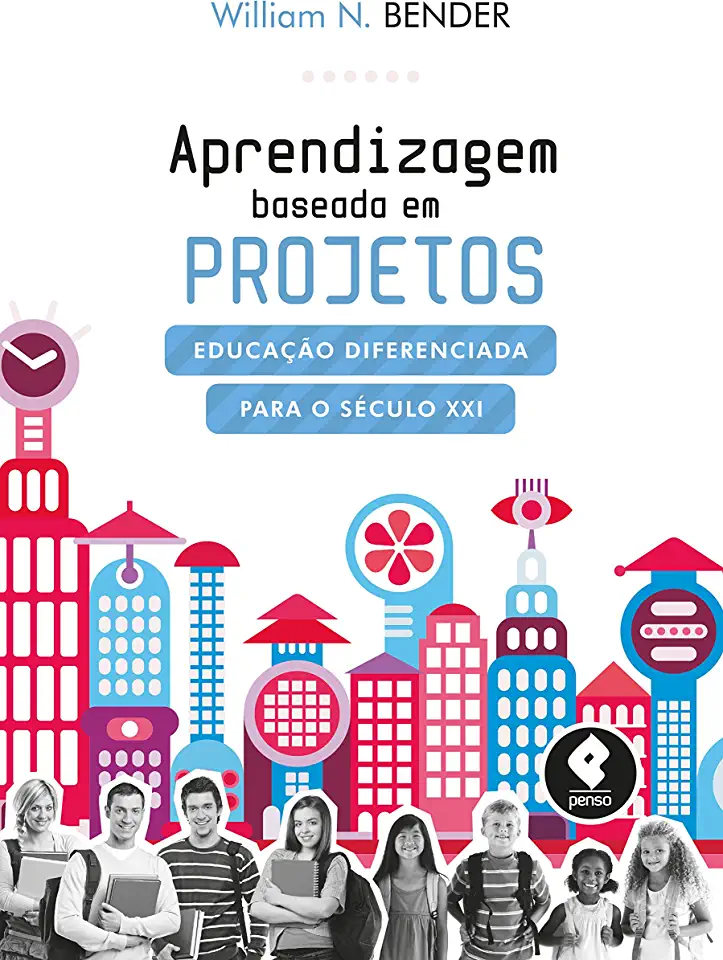
Project-Based Learning - John Larmer
Project-Based Learning: A Guide to Student-Centered Learning
Introduction
In today's rapidly changing world, it is more important than ever for students to develop the skills they need to be successful in the 21st century. Project-based learning (PBL) is a powerful teaching method that can help students develop these skills by engaging them in real-world, hands-on learning experiences.
What is Project-Based Learning?
Project-based learning is a teaching method in which students work on a long-term project that is relevant to their lives and interests. Projects are typically interdisciplinary, and they allow students to develop a variety of skills, including:
- Problem-solving
- Critical thinking
- Creativity
- Collaboration
- Communication
- Time management
- Self-direction
Why Use Project-Based Learning?
There are many benefits to using project-based learning in the classroom. Some of the benefits include:
- Students are more engaged in their learning. When students are working on a project that they are interested in, they are more likely to be motivated and engaged in their learning.
- Students learn more deeply. Project-based learning allows students to learn more deeply about the content they are studying. By working on a project, students have the opportunity to explore a topic in depth and to make connections between different pieces of information.
- Students develop 21st century skills. Project-based learning helps students develop the skills they need to be successful in the 21st century. These skills include problem-solving, critical thinking, creativity, collaboration, communication, time management, and self-direction.
- Students are more likely to retain what they learn. When students learn through project-based learning, they are more likely to retain what they learn. This is because they are actively engaged in the learning process and they have the opportunity to apply their knowledge to real-world situations.
How to Implement Project-Based Learning
Project-based learning can be implemented in any classroom, regardless of the subject matter. Here are a few tips for getting started:
- Start with a clear goal. What do you want students to learn from the project?
- Choose a project that is relevant to students' lives and interests. Students are more likely to be engaged in a project that they are interested in.
- Provide students with the resources they need. This includes access to information, materials, and technology.
- Give students time to work on the project. Projects take time to complete. Don't rush students through the process.
- Encourage students to collaborate. Collaboration is an important part of project-based learning. It allows students to share ideas and learn from each other.
- Assess student learning. How will you know if students have learned what you wanted them to learn?
Conclusion
Project-based learning is a powerful teaching method that can help students develop the skills they need to be successful in the 21st century. By engaging students in real-world, hands-on learning experiences, project-based learning can help students learn more deeply, develop 21st century skills, and retain what they learn.
Call to Action
If you are looking for a way to improve student learning, I encourage you to try project-based learning. It is a teaching method that can make a real difference in the lives of your students.
Order Your Copy Today!
Project-Based Learning: A Guide to Student-Centered Learning is available now. Order your copy today and start using project-based learning in your classroom!
Enjoyed the summary? Discover all the details and take your reading to the next level — [click here to view the book on Amazon!]